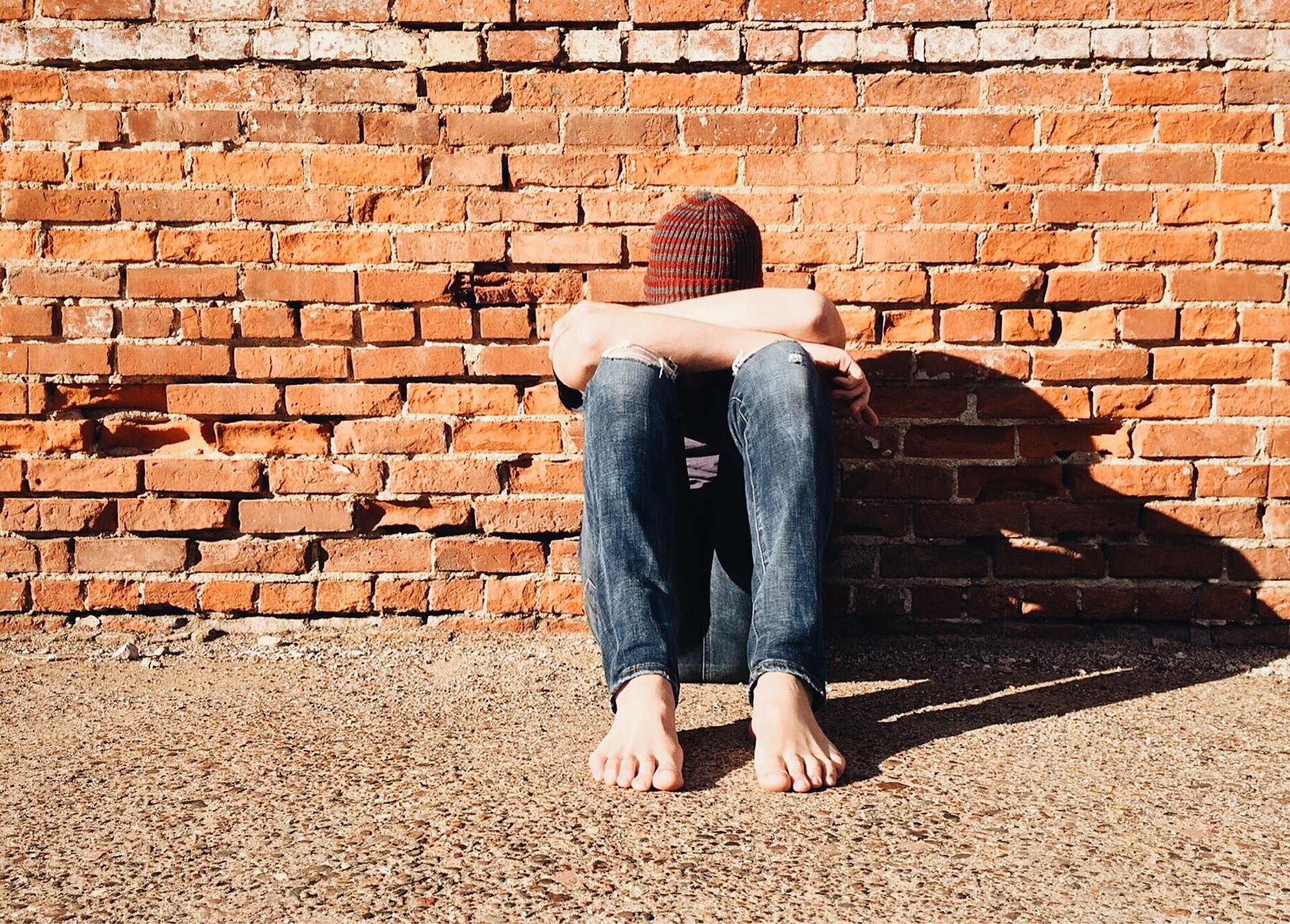- Australia announces plans to ban debit card surcharges
- Google signs deal with startup to build small nuclear reactors to power AI
- Malaysia’s stock market, once dubbed ‘world’s worst’, is making a comeback
- This influencer was scammed out of thousands in crypto — and has a tip to help you avoid fraud
- China stocks drop after trade data disappoints with Hang Seng tanking 4%, CSI 300 falls over 2%
What do you believe is the single most important factor driving up the cost of living in Nigeria?

More housing in cities is possible without sacrificing green spaces, sustainable development study finds
By 2050, the Netherlands will need nearly two million additional homes. However, housing and related utility buildings take up already limited space, and the materials required for construction also have an environmental footprint. With these challenges in mind, Janneke van Oorschot sought to explore where and how best to build.
In her earlier research, Van Oorschot had already delved into construction materials for new buildings, with a focus on circular use. She also examined the availability of green spaces in urban environments and the "services" these spaces provide, such as cooling and recreation.
"In this study, we combined all those elements," says Van Oorschot, who is nearing the completion of her Ph.D. This research earned her a publication in npj Urban Sustainability. Other researchers from the Institute of Environmental Sciences also contributed.
Two scenarios from the Netherlands Environmental Assessment Agency (PBL) formed the basis of the research. These scenarios outline two versions of what the Netherlands could look like by 2050. "The main question is whether population growth will occur inside or outside cities," Van Oorschot explains. In her research, she refers to densely populated areas ('dense') and sparsely populated areas ('sparse').
Hundreds of small cells

- October 14, 2024
New oak species found in Guangxi



- October 15, 2024
Gynaecologists fear fuel price hike may reduce antenatal attendance




Subscribe to our mailing list to get the new updates!

Subscribe our newsletter to stay updated
Thank you for subscribing!






